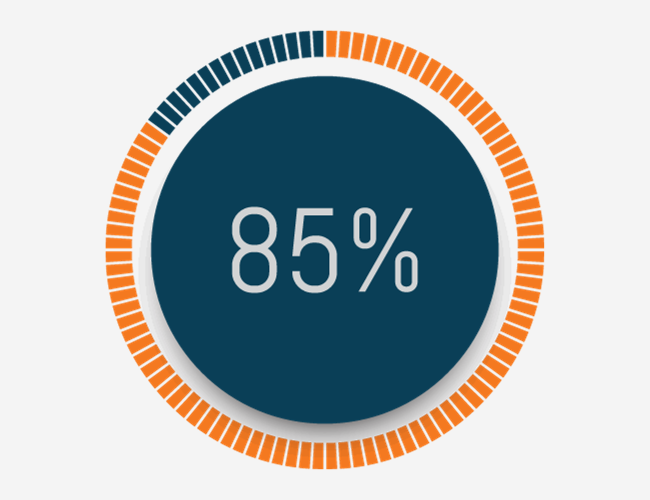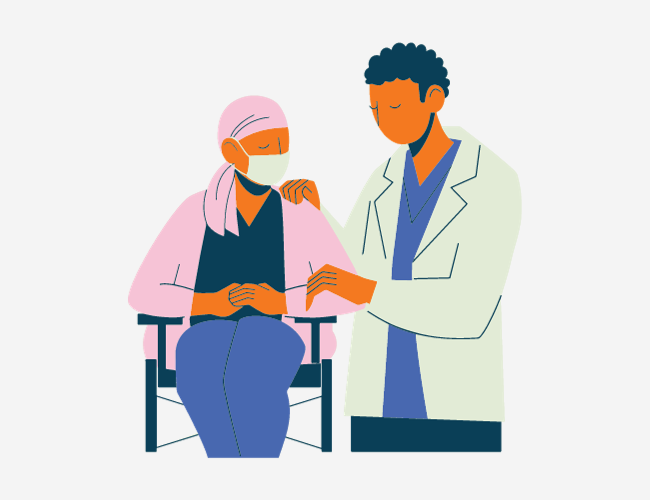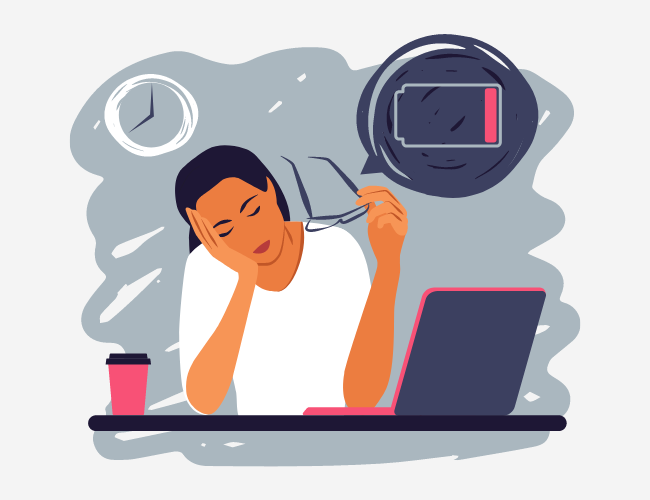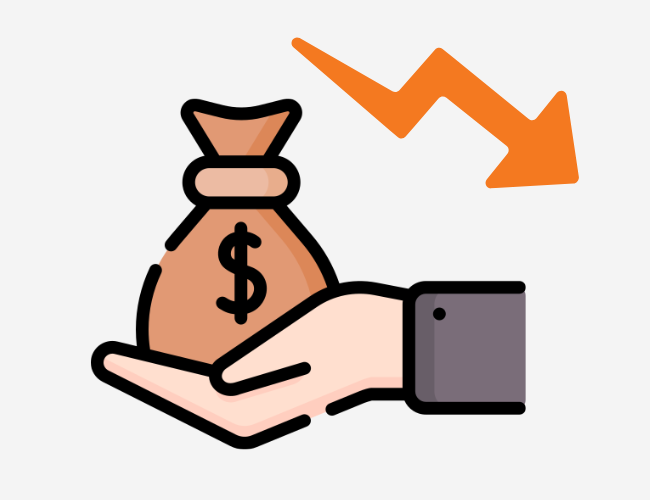In a conversation with HealthLeaders, UnitedHealth Group (UHG) Chief Medical Officer Donna O’Shea discussed the jaw-dropping utilization of telehealth in 2021. Based on findings from an internal report, she stated there were 28 million telemedicine visits in 2021, of which 14 million were for behavioral health.
Those 28 million virtual visits mark a 2,500% increase from the pre-pandemic baseline. In addition, virtual behavioral health appointments accounted for 63% of all behavioral health visits, up from 1.5% pre-pandemic.
WOAH, the scale of UHG… 28 million virtual visits in 2021 of which 14 million were focused specifically on behavioral health.
— Alyssa Jaffee (@AlyssaJoyJaffee) April 12, 2022
Rise Of Telehealth
According to some reports, telemedicine began not long after Alexander Graham Bell invented the telephone in 1876. A Lancet article from 1879 discusses the use of telemedicine for reducing unnecessary office visits.
Efforts to bring telemedicine to the masses began in the 1960s and 70s, as the federal government invested in several projects with the aim of making healthcare more accessible, especially in rural areas.
Over the next 40 years, telehealth continued to rise but at a relatively stable and unexceptional pace. All of that changed when the pandemic made in-person appointments infeasible. According to a report from Mckinsey & Company, telehealth utilization for office visits and outpatient care was 78 times higher in April 2020 than in February 2020.
While telehealth boomed overall, UHG’s data points show that it didn’t do so equally across all visit types. Understanding why this happened is important for explaining what telehealth is good for and predicting its course in the future.
Previous reports suggested that telehealth became as popular as it did because it made its services more accessible, affordable, and easier to use. However, if that explanation were correct, one would have expected all telehealth services to rise in lockstep. Since they haven’t, one might think that while access and affordability have something to do with telehealth’s popularity, they weren’t the main factors.
This conclusion may be premature. One reason for thinking these aspects of telehealth are the primary drivers even though virtual behavioral health visits grew disproportionately is that the number of individuals experiencing symptoms of mental illness rose dramatically throughout the pandemic. According to the World Health Organization (WHO), the global prevalence of anxiety and depression rose by 25% in the pandemic’s first year. With so many individuals experiencing new symptoms, one would expect virtual mental health visits to grow in accordance with it.
To add to that, those suffering from behavioral health issues, especially depression, often experience significant motivational deficits. Feelings of fatigue and lethargy are so common among those dealing with depression that they are listed as one of the main symptoms in the most recent edition of the Diagnostic and Statistical Manual of Mental Disorders (DSM-5). By allowing these individuals to see behavioral health professionals from the comfort of their own homes, telehealth reduces the motivational cost of seeking behavioral health treatment when dealing with conditions like depression that often give rise to feelings of low motivation. This could mean that the accessibility of telehealth is a more potent driver for behavioral health visits that other visit types.
When thought about this way, the UHG data appears to support rather than undermine the idea that the rise of telehealth is driven by factors like accessibility and ease of use. As a result, employers looking to determine which telehealth services to include in their benefits packages should still give these factors their due weight while recognizing that they may be more influential in the case of tele mental health.
Future Of Telehealth
The UHG statistics show that telehealth use remained significant throughout 2021. However, that year was not free from the pandemic-related concerns that helped give rise to the dramatic uptick in teletherapy adoption. As a result, the data points leave open what will become of telehealth post-pandemic.
One possibility is that behavioral telehealth will continue to climb as the demand for other services drops. Since the motivational deficits that make telehealth particularly valuable to those suffering from behavioral health conditions won’t go away as the dangers of the pandemic subside, the demand for virtual mental health services should remain high.
Aside from being more accessible and more manageable for those experiencing problems with motivation to utilize, it’s also effective. The American Psychological Association (APA) concluded that:
Research to date shows mental health care delivered remotely — also known as telepsychology or teletherapy — is effective. Psychologists — along with psychiatrists, social workers, and others — have built a substantial literature base on telehealth interventions that work for a variety of problems and populations.
As a result, it’s unlikely to lose steam from dissatisfied patients deciding to forgo therapy.
There may be an expansion of telehealth services offered in the longer term. Right now, virtual appointments are largely limited by the information physicians can obtain through a conversation. However, as health tracking technology develops, physicians will be able to run more tests without requiring patients to come into their office. Miles Romney, co-founder and chief technology officer at telehealth company eVisit, believes this will have a significant effect on the future of telehealth. In an interview with HealthcareIT news, he describes a time in the not-too-distant future where virtual and in-person care are seamlessly integrated through the help of cutting-edge health trackers and medical devices.
Imagine waking gently at 6 a.m., not to the buzz of an alarm, but smoothly by a process that feels as natural as can be, steadily deployed by an app in your micro-implant. […] you walk to the bathroom, slip out of your pajamas, and step into the shower. Before the water starts, though, you hear the hum of a full-body MRI scan and feel the soft nipping of a half-dozen instruments collecting samples and cataloging vitals. Results are analyzed in real-time by AI and sent to your care team for validation.
Of course, this scenario may be decades away, but its beginnings may be much closer. As personal health trackers become more granular and gain the ability to detect and analyze a broader range of biometric data (e.g., biomarkers indicating gum health, sleep health, or hydration levels), telehealth may evolve in exciting and unexpected ways.












